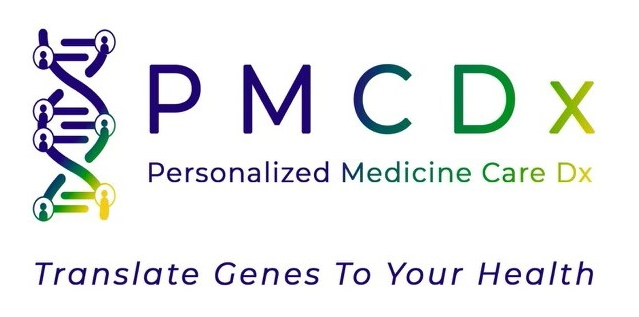Diseases Targeted:
Overview:
The Breast and Ovarian Cancer Comprehensive Panel examines 25 genes associated with an increased risk for hereditary breast cancer and hereditary ovarian cancer. This test includes both well-established breast and ovarian cancer susceptibility genes, as well as candidate genes with limited evidence of an association with breast and ovarian cancer.
Who is this test for?
Patients with a personal or family history suggestive of a hereditary breast and ovarian cancer syndrome. Red flags for hereditary breast and ovarian cancer could include onset of cancer prior to the age of 50 years, more than one primary cancer in a single person, and multiple affected people within a family. This test is designed to detect individuals with a germline pathogenic variant, and is not validated to detect mosaicism below the level of 20%. It should not be ordered on tumor tissue.
What are the potential benefits for my patient?
Patients identified with hereditary breast and ovarian cancer can benefit from increased surveillance and preventative steps to better manage their risk for cancer. Information obtained from candidate gene testing may potentially be helpful in guiding clinical management in the future. Also, if an inherited susceptibility is found, your patient’s family members can be tested to help define their risk. If a pathogenic variant is identified in your patient, close relatives (children, siblings, parents) could have as high as a 50% risk to also be at increased risk.
